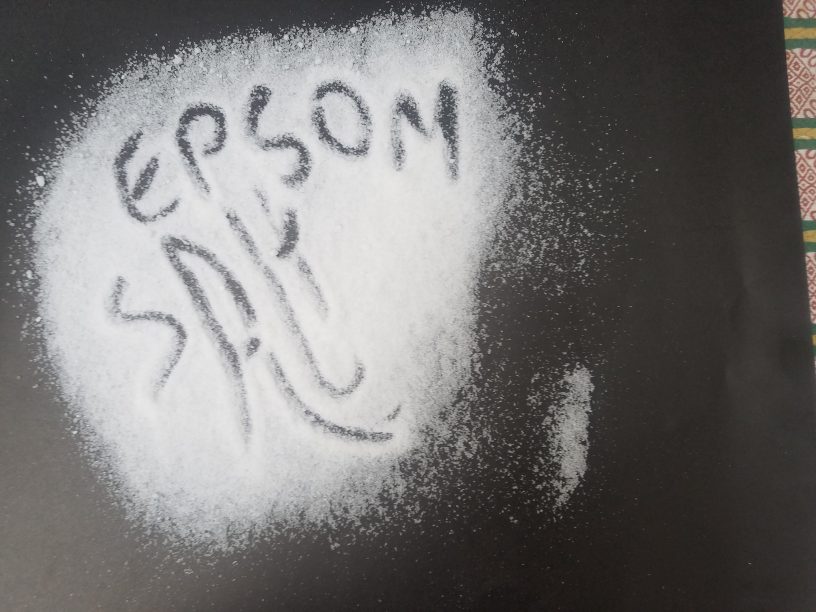#1 Discovery of Epsom Salt
Epsom Salt is scientifically a bitter-tasting, organically appearing magnesium-and-sulfate mineral compound (chemical name: magnesium sulfate heptahydrate). It was named Epsom salt for the English town in which it was discovered, where it bubbled up in water from an underground spring in the early 17th century. (It’s also known as epsomite.)
The origin story written by Royal Society of Chemistry states:
“The summer of 1618 saw England gripped by drought, but as Henry Wicker, a local cowherd, walked across Epsom Common he came across a pool of water from which his thirsty cattle refused to drink. The water tasted bitter and on evaporation yielded a salt which had a remarkable effect: it was a laxative. This became the famous Epsom’s salts (magnesium sulfate, MgSO4) and a treatment for constipation for the next 350 years.”
#2 Naming of Epsom Salt
However, It wasn’t officially called Epsom salt (or salts) until 1695. At which time a scientist named Nehemiah Grew came up with a name for the “bitter purging salts” (or, the bitter laxative salts) that he found at Epsom. He and an associate went on to try to manufacture Epsom salt to sell, but the wells in Epsom soon dried up and the town’s reputation as a spa destination waned (this was the early 1700s).
#3 Numerous Uses of Epsom Salts
The salt can be used in numerous ways. The Epsom Salt Council’s website highlights the ways people can expand their Epsom salt repertoire, from gardening and crafting to itch-alleviation and champagne-repurposing.
Where to Find Epsom Salt?

Charda Suuraj EPSOM SALT
[add_to_cart_url id=”1398″ sku=”012018″]






Leave a Reply